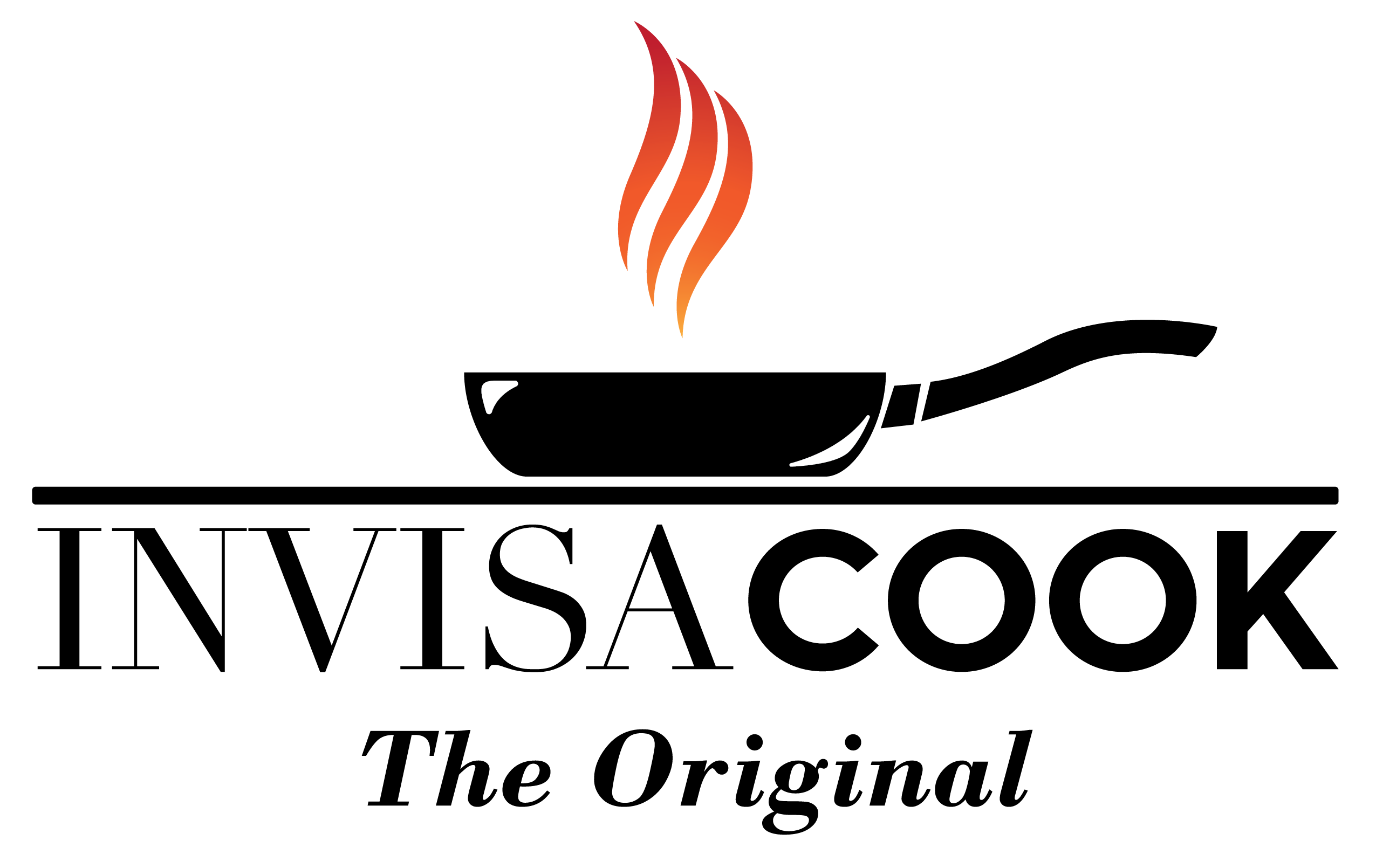FAQ
Check out the most common questions our customers asked.
Here we have all the Downloads that you need.
Spec Sheets
4 Burner Square - 4 Burner Galley
Videos
Disclosures
Our system is designed with a noise locator, or a device that emits a beeping sound that starts when you turn on your unit and audibly designates the burner you want to use. The beeping will stop when your pan connects with the cooktop surface.
However, there are other options you can work out with your dealer in order to locate the burner. For example, you may have them etch a spot for each burner, or simply ask them to place a sticker there until you have a feeling for where the burner is.
Countertop materials:
Ultra-compact porcelain material that is 12mm or 20mm thick, brands such as (Magnifica, Sapienstone, Infinity Surfaces, Lapitec, Laminam, Neolith, Caesarstone porcelain, Ascale, Florim etc….). We recommend porcelain for best results.
Some other ultra compact surfaces and natural stones such as Granite, Soap Stone or Quartzite that are heat resistant can work case by case but are not recommended due to possible fragile nature of the stone or uneven heat distribution. Please see the Natural Stone Disclosure in the FAQ section.
Dekton can be used with the 1,2,3 burner units, please see Dekton install instructions below in the download section.
*NO man made quartz countertops or natural marble countertops can be used due to discoloration.
No. Typically your counter top fabricator or cabinet installer will do the install for you. We have 2 simple methods for installing the cooktops.
- Sink clip Install - (included in the box) These allow the cooktop to be installed like an undermount sink. A process all fabricators and counter top installer have done hundreds of times. Install guide HERE.
- Rail install - (Included in the Box). The rails are adjustable and screws into the side of the base cabinets and the cooktop rests on top of the rails. The rails extend from a minimum of 24" to 42" wide. When they counter is installed, the cooktop will be flush with the bottom of the counter. The bunrers need to be compressed flush with the flanges on the side of the cooktop. Install guide HERE
Here are the instal videos for each cooktop with the rails.
- Burner - Install video
- Burner - Install video
- Burner - Install video
- Burner - Install video - Galley video
- Burner - Install video
Brand Guides - Certain counter top brands have their own install guides, please see below for brand specific guides.
Compatible Cookware
The Invisacookware pans are designed specifically for Invisacook.
There are many induction quality pots and pans on the market, however, the most compatible pans for the Invisacook are a full clad stainless-steel, thick magnet bottom pan, and Invisacookware.
Non Compatible: Aluminum, all-copper, or glass cookware will not work unless they have a layer on the bottom with magnetic properties. Many manufacturers have started adding a magnetic layer to the bottom of those types of pots and pans; however, it can be very thin and will take longer to heat up than a high-quality induction pan.
NOTE: Cast Iron pans are induction, however, they do get extremely hot due to the content of metals within them, and reflect a large amounts of heat, which over time will not be good for your countertop. Invisacook asks that you don’t use this type of cookware when using the Invisacook.
Testing for Compatibility
To tell if a pot or pan is compatible with your induction stove, hold a magnet to the bottom.
- If the magnet clings to the underside, the cookware will work on an induction cooktop.
- If the magnet grabs the pan softly, you may not have a good connection with it on your cooktop.
- If there is no pull on the magnet, it doesn’t contain the right metals and will not generate heat. You will see a "U" on the controller is there is no connection.
Note: Many manufacturers have started putting an “induction compatible” symbol on the bottom of their cookware or note compatibility on the packaging.
Below please find a link to the Invisacookware.
Yes. The surface will get warmer and warmer over time as you cook, eventually becoming hot to the touch. When using the Invisamat silicone pad, there will be reduced heat transfer from the pan to the countertop. For your standard short cooking time, the surface will not get that hot. However, once you have surpassed about 10 minutes’ worth of cooking time, the surface will be hot and you should exercise caution around the area in use. Also when cooking keep in mind that Induction is a very quick heating process, so when frying food, you only need a Level 6 on your controller, and Power Boost is to only be used when Boiling water.
The controller unit can be mounted inside a drawer below or to the side of the cabinet where the cooktop is installed. The controller cable is 3 meters long, about 5'. Most customers mount the controller in the same material at the cabinet front, or the same porcelain as the counter top for a sleek look. You are also able to mount the controller on the front of the cabinet. Do not mount the controller in the counter top. There should be at least 9" from the center of the burner to the end of the stone or any cutouts.
There is a 10% restocking fee plus the cost of shipping.
